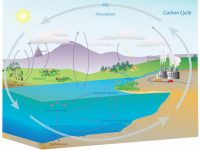Healthy soil is full of life. The living component contributes to agricultural productivity and water quality. The diversity of organisms in a healthy soil range from the smallest one-celled bacteria, algae, fungi, protozoa, nematodes, arthropods, and the more visible earthworms, insects, small vertebrates, and plants.
Measuring the biological indicators is a measurement in its infancy. Management choices affect soil biological processes. A variety of approaches can be used to assess soil life such as counting soil organisms, measuring biomass, measuring microbial activity, and measuring diversity (DNA). Objectives for measuring soil life should be collecting quantitative data from marked locations and identifying positive changes over time.
General resources
| Title | Source | Resource type and Date | Short Summary / Preview |
|---|---|---|---|
| Soil biological activity | North Dakota State University | University Website | Soil is alive. It is the organic component of the soil that sets a soil apart from a heap of sand, silt and clay. A single teaspoon of healthy soil can contain a billion microorganisms. |
| The Living Soil | SARE | Extension Webpage | The organisms living in the soil, both large and small, play a significant role in maintaining a healthy soil system and healthy plants. |
| Biodiversity and Habitat | Soilquality.org – NRCS & others | Webpage | Soil supports the growth of a variety of unstressed plants, animals, and soil microorganisms, usually by providing a diverse physical, chemical, and biological habitat. |
| Biodiversity Gradient: Baseline Soil Sampling | Michigan State University, LTER | Extension/Research Protocol
2000 |
Basic soil sampling methods using cores. Used to measure inorganic N and soil moisture. |
Resources about specific soil biological properties
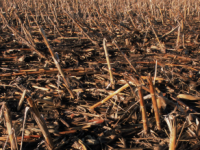
Active Carbon
A small portion of the total organic matter pool with a rapid turnover rate, indicating that it’s available to microbial decomposers.
Learn More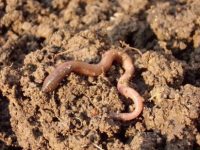
Earthworms
Tubular, segmented, soil-burrowing members of the phylum Annelida whose activity in the soil influences overall soil characteristics.
Learn More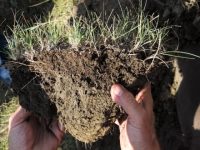
Enzymes
Specialized proteins that increase the reaction rates of soil chemical processes and influence soil energy and nutrient cycling.
Learn More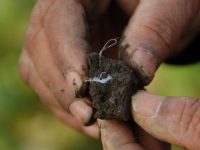
Fungi and Bacteria
Fungi are microscopic plant-like cells which grow as long strands called hyphae, which in turn create masses known as mycelium. Bacteria are microscopic one-celled organisms which primarily serve as decomposers, but can also function in the soil as partners with plants, as nitrogen-fixers, as pathogens, or as lithotrophs.
Learn More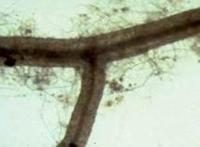
Microorganisms
Groups of very small organisms for which the soil is the natural habitat, and which may include groups such as bacteria, fungi, protozoans, algae, and actinomycetes.
Learn More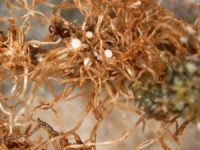
Nematodes
Very small, slender roundworms in the phylum Nematoda, whose actions can alter characteristics of soil.
Learn More
Organic Matter
Soil organic matter encompasses all non-mineral solids in soil, arising from biological tissues, byproducts, and wastes.
Learn More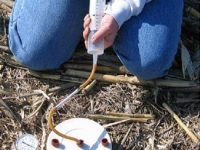
Respiration
The carbon dioxide released from the soil due to the biological activity of soil organisms, including soil fauna, plant roots, microbes, and the rhizosphere.
Learn More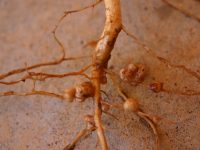
Nitrogen Fixation
Nitrogen fixation is the conversion of dinitrogen, which is an inert gas, to reduced forms of nitrogen that are biologically available.
Learn More